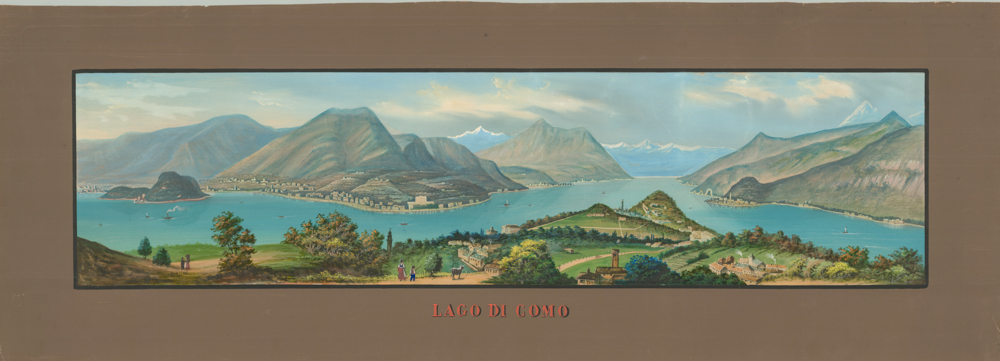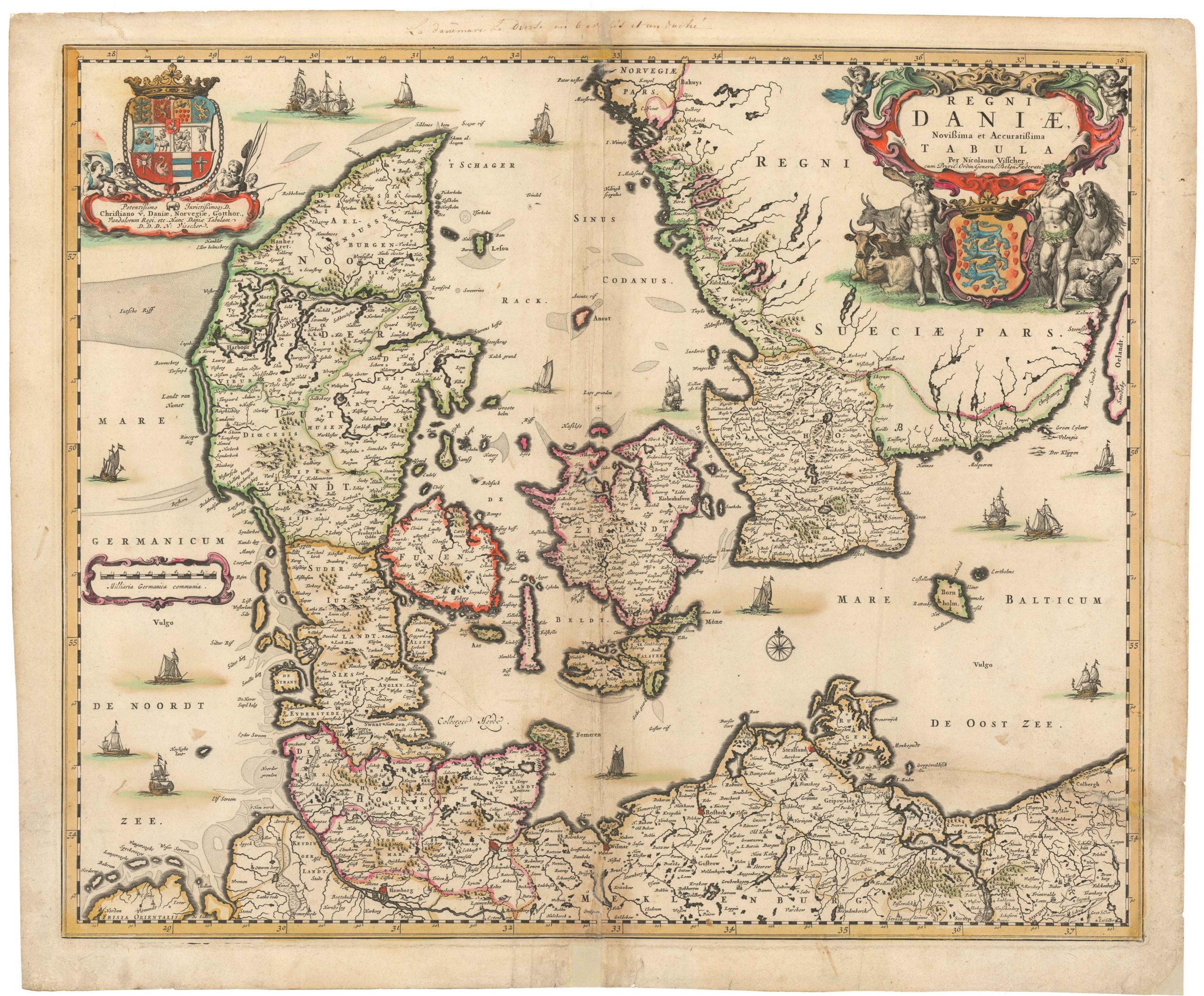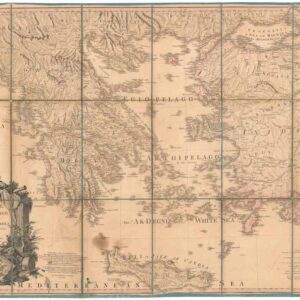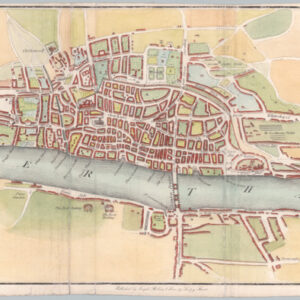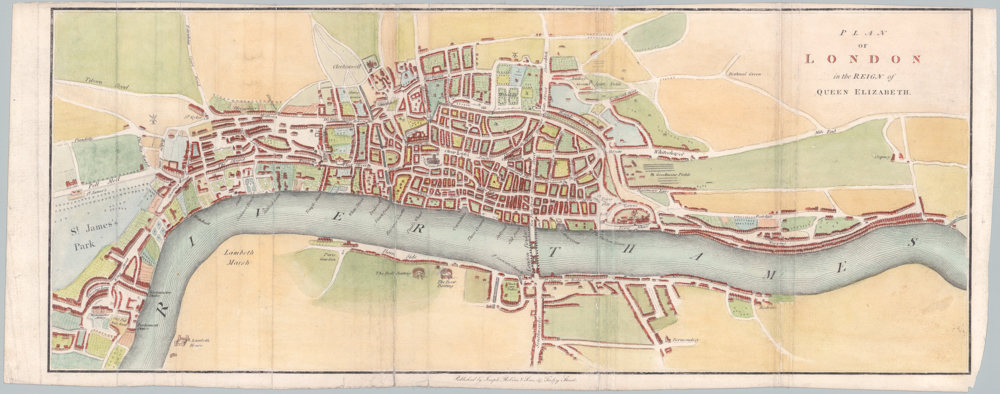One of the First “Modern” Maps of Germany and the Czech Republic.
Teutschland mit seinem gantzen gegriff und eingeschlossen Landtsschafften.
$300
1 in stock
Description
Sebastian Münster’s map of the German Empire, including Bohemia, stands as a remarkable achievement in 16th-century cartography. Published in the 1567 German edition of Cosmographia, this map provides a detailed depiction of Central Europe, covering modern-day Germany, the Czech Republic (Bohemia), Poland, Austria, Switzerland, and the Netherlands. Its scope extends from Hamburg and Rotterdam in the north to Croatia and Geneva in the south, with Prague, the Bohemian capital, at its center.
This map is among the earliest printed representations of Bohemia available to collectors and is one of two Münster maps to feature the region. It draws heavily from Nicolaus Claudianus’ 1518 map of Bohemia, a work known to survive in only a single copy. Since Münster’s maps are the only accessible derivatives of Claudianus’ work, they hold particular value for historians and collectors alike.
A distinctive feature of this map is its southern orientation, with north placed at the bottom. This orientation, typical of early 16th-century maps produced in and around Germany, reflects the era’s reliance on solar compasses. Such a layout would have been intuitive for contemporary users, mirroring the style of Claudianus’ original map and several other Münster maps.
In the lower right corner, effectively positioned in what would be the North Sea, Münster includes a vignette of an oar-driven, open-deck vessel adorned with shields.
Publication information
This example originates from a German edition of Münster’s Cosmographia Universalis, published in Basel in 1567. This monumental geographical and cosmological work succeeded Münster’s earlier Geographia.
The German edition of Cosmographia played a crucial role in expanding the reach of Münster’s work. Unlike the Geographia, which was published solely in Latin, the Cosmographia appeared in German, Latin, French, and Italian, making it accessible to a broader European audience.
By 1567, the printing block for this map exhibited early signs of wear, a testament to its repeated use and enduring popularity.
Cartographer(s):
Sebastian Münster (1488-1552) was a cosmographer and professor of Hebrew who taught at Tübingen, Heidelberg, and Basel. He settled in Basel in 1529 and died there, of the plague, in 1552. Münster was a networking specialist and stood at the center of a large network of scholars from whom he obtained geographic descriptions, maps, and directions.
As a young man, Münster joined the Franciscan order, in which he became a priest. He studied geography at Tübingen, graduating in 1518. Shortly thereafter, he moved to Basel for the first time, where he published a Hebrew grammar, one of the first books in Hebrew published in Germany. In 1521, Münster moved to Heidelberg, where he continued to publish Hebrew texts and the first German books in Aramaic. After converting to Protestantism in 1529, he took over the chair of Hebrew at Basel, where he published his main Hebrew work, a two-volume Old Testament with a Latin translation.
Münster published his first known map, a map of Germany, in 1525. Three years later, he released a treatise on sundials. But it would not be until 1540 that he published his first cartographic tour de force: the Geographia universalis vetus et nova, an updated edition of Ptolemy’s Geography. In addition to the Ptolemaic maps, Münster added 21 modern maps. Among Münster’s innovations was the inclusion of map for each continent, a concept that would influence Abraham Ortelius and other early atlas makers in the decades to come. The Geographia was reprinted in 1542, 1545, and 1552.
Münster’s masterpiece was nevertheless his Cosmographia universalis. First published in 1544, the book was reissued in at least 35 editions by 1628. It was the first German-language description of the world and contained 471 woodcuts and 26 maps over six volumes. The Cosmographia was widely used in the sixteenth and seventeenth centuries and many of its maps were adopted and modified over time, making Münster an influential cornerstone of geographical thought for generations.
Condition Description
Hand color. Visible repairs, as seen on the image. Overall nice.
References

